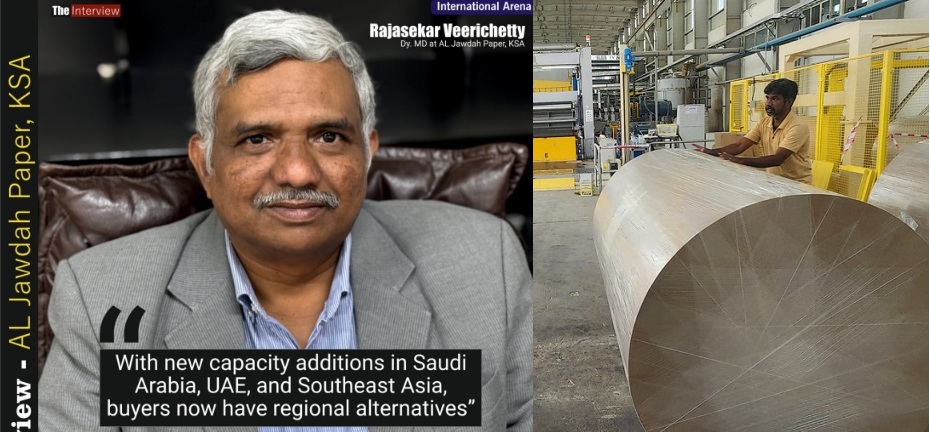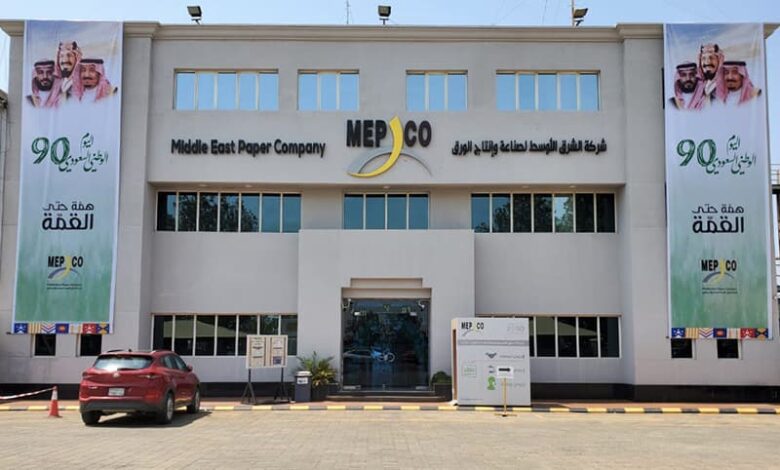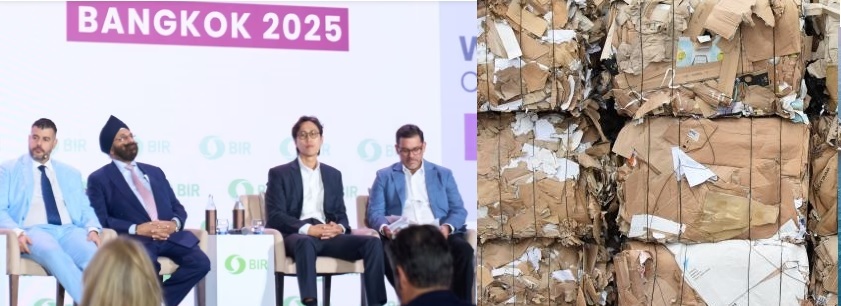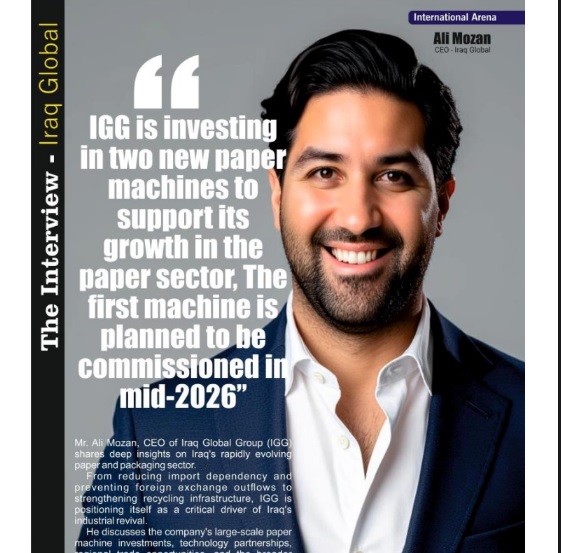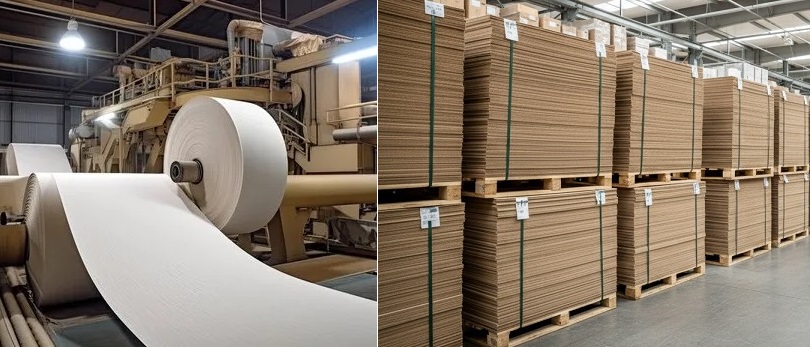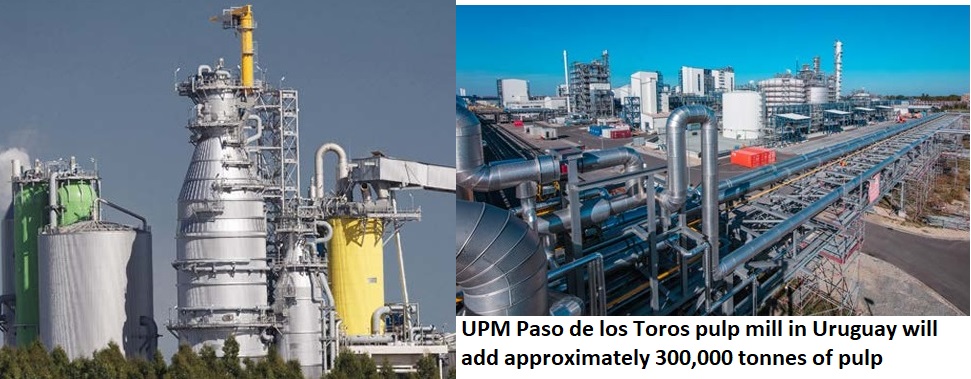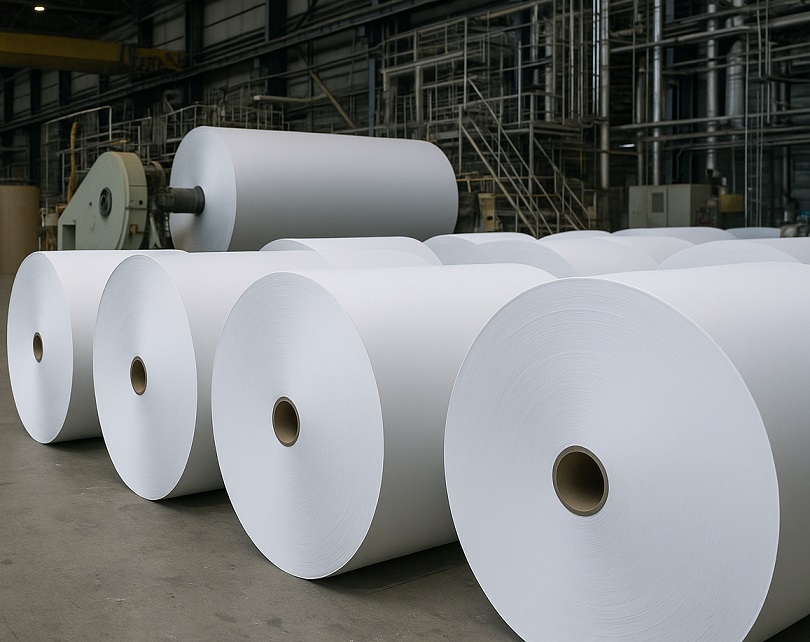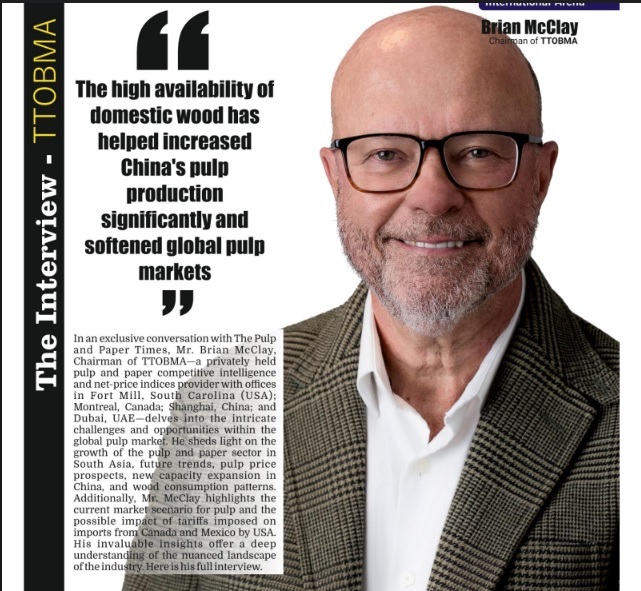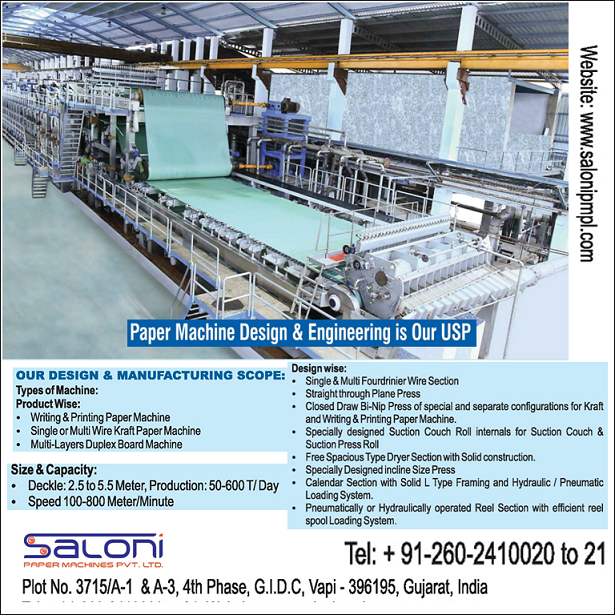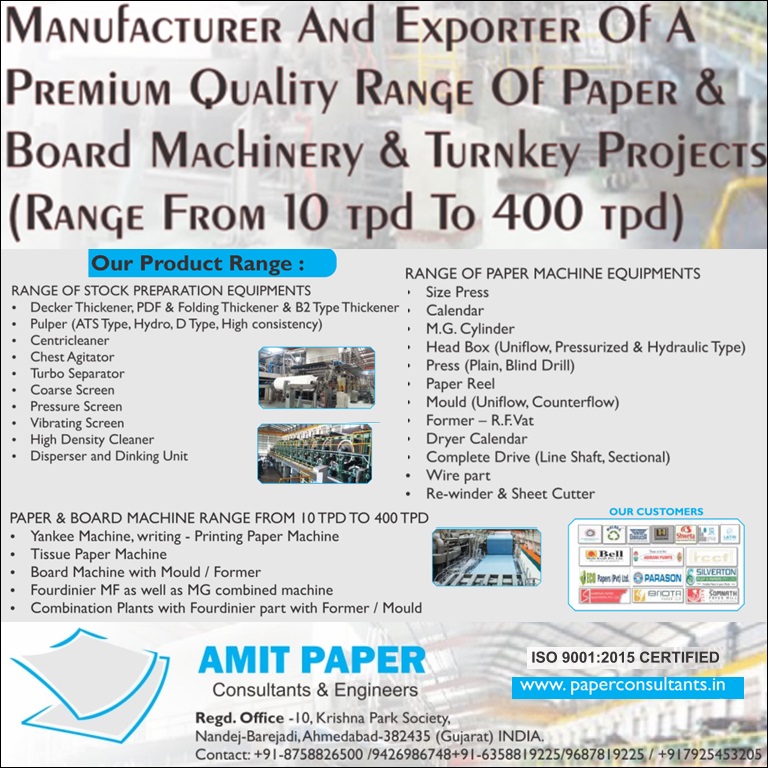Tetra Pak continues to invest €100 million in packaging R&D to develop paper-based alternative to aluminium foil barrier
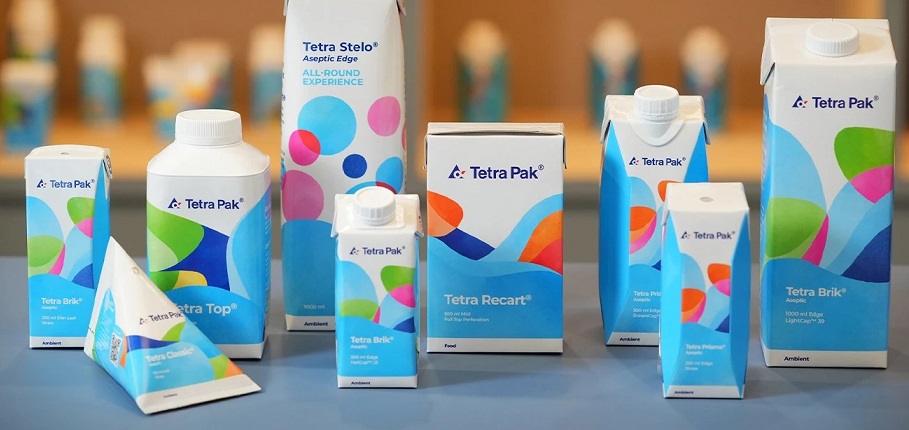
Tetra Pak continues to invest €100 million in packaging R&D to develop paper-based alternative to aluminium foil barrier
The Pulp and Paper Times
More than 70 years ago, Tetra Pak began a journey to help make food safe and available, everywhere. Today, it continues to innovate to protect food, people, and the planet. Tetra Pak is a world leading food processing and packaging solutions company. Working with customers and suppliers, it provides access to safe, nutritious food for hundreds of millions of people in more than 160 countries every day.
“We want to drive the transformation of global food systems, ensuring people have access to safe food everywhere, with all the other benefits that come with that, while protecting people and the planet. In our sustainability agenda, we focus on five interconnected areas to do so: food systems (food); social sustainability (people); and climate, nature and circularity (the planet). Together these interconnected areas support one another to create a holistic approach that drives change across our value chain and our industry. In 2024, we made further progress in each area,” Mr. Adolfo Orive, President & CEO, Tetra Pak said in the Sustainability report for FY24
In 2015, we were the first in the industry to introduce a package made fully from plant based renewable materials – paperboard and sugarcane-based plastic. Now, the Tetra Brik ® Aseptic 200 Slim Leaf carton with paper based barrier, together with Lactogal, provides a package that can be distributed under ambient conditions, while hitting the 90% renewable content mark. Made of approximately 80% paperboard, the package also reduces its carbon footprint by up to 33%.
“As climate change and global food systems call for low-carbon renewable materials, the carton packaging industry seeks alternatives to the aluminium foil layer that helps us to keep food safe and available everywhere. Many solutions are based on polymer barriers in the package, but we have chosen paper over plastic. Rather than increasing the carbon footprint of a package, paper allows us to reduce it. Also, when combined with plant-based polymers, the paper-based barrier increases the total renewable content of a carton to 90% – cutting the carbon footprint by one-third,” he said.
Like all Tetra Pak paperboard, the paper used in our new barrier is sourced from FSC™-certified forests and other controlled sources. The paper-based barrier features an ultra-thin, nanometre metalised coating. Together with other layers in the packaging it protects against oxygen, light, moisture and bacteria. In this way food safety is not compromised and shelf-life is comparable to that of the aluminium foil layer.
Mr. Orive further stated that throughout 2024, we continued to apply circular economy principles across our value chain to reduce waste and resource use across our own operations, including for our packaging and our processing equipment. We take a holistic approach when it comes to circularity, from design to end-of-life. We design recyclable food packaging, increase the use of recycled and renewable materials, and expand collection and recycling infrastructure to keep materials in use.
Tetra Pak continue to invest approximately €100 million in packaging research and development every year to further enhance the environmental profile of cartons without compromising food safety. This investment led to innovations such as recycled polymer caps developed in partnership with Elle & Vire, and the Tetra Brik Aseptic 200 Slim Leaf with a paper-based barrier. “In 2024 we also invested an additional €42 million to support the expansion of collection and recycling infrastructure for used beverage cartons worldwide. As part of the effort to help deliver our circular economy vision, over 1.3 million tonnes of used beverage cartons were collected and sent for recycling globally, supporting an increase of the global collection for recycling rate to 28%. As part of these efforts, we engaged with 215 recyclers worldwide,” Mr. Orive said.
Paper-based barrier
Our ambition is to develop packaging with a higher share of renewable content and improve the recyclability of our packaging. The paper based barrier is a key part of that ambition, providing an alternative solution to the current aluminium foil-based barrier normally used in ambient-distributed packed products. This alternative barrier technology represents the future-looking solution for beverage cartons, and it is a major milestone of the low carbon circular economy for cartons
Web Title: Tetra Pak continues to invest €100 million in packaging R&D to develop paper-based alternative to aluminium foil barrier





 Join WhatsApp Group
Join WhatsApp Group Join Telegram Channel
Join Telegram Channel Join YouTube Channel
Join YouTube Channel Join Job Channel (View | Submit Jobs)
Join Job Channel (View | Submit Jobs) Join Buy Sell Channel (Free to Submit)
Join Buy Sell Channel (Free to Submit) Paper News Headlines Channel (Free to read)
Paper News Headlines Channel (Free to read)



